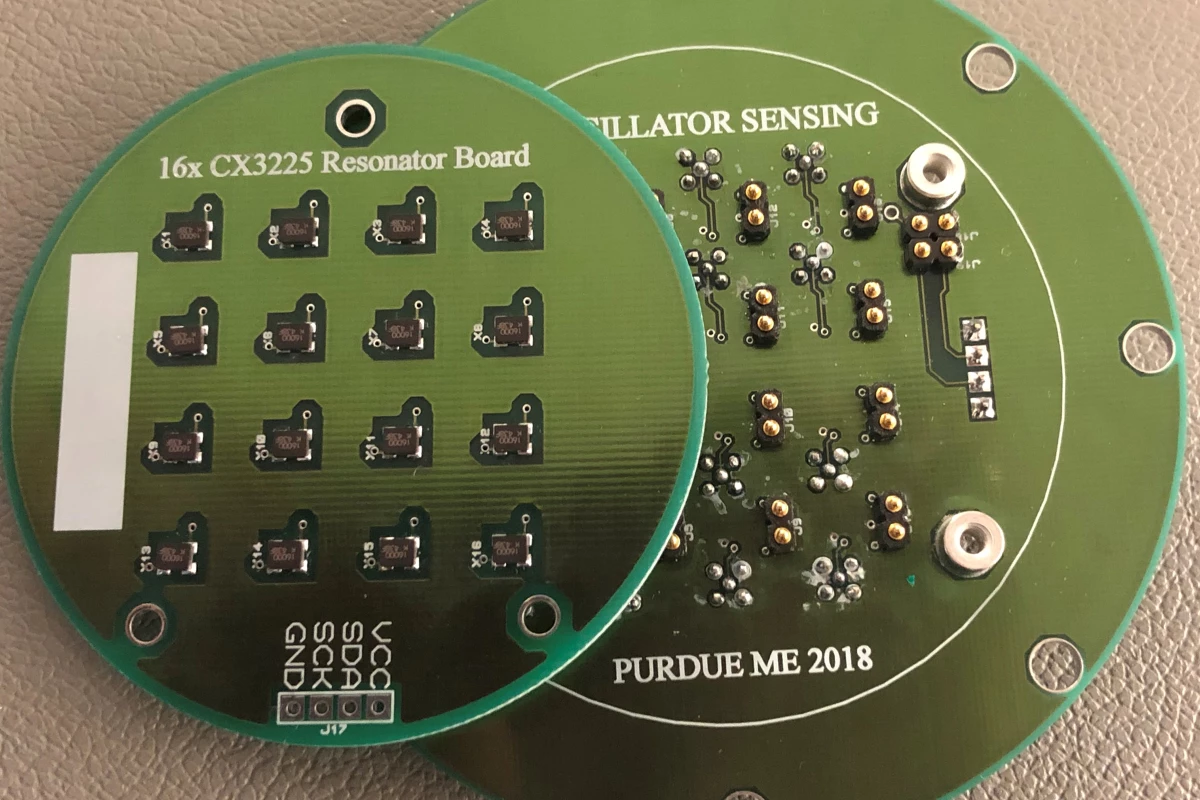Technologies that automate functions of the home, like smart lights and thermostats, can not only make running a household more convenient, but avoid a lot of energy wastage at the same time. Scientists at Purdue University are putting forward another interesting proposition in this area, developing a cheap sensor that can recognize when a person enters a room via carbon dioxide levels in the air, and helping to adjust the heating and ventilation systems accordingly.
“Climate control and proper ventilation are especially important because most people spend considerably more time indoors than outside,” says Jeff Rhoads, a professor of mechanical engineering in Purdue’s College of Engineering. “Climate control and ventilation are also huge sources of energy consumption in the United States and around the world.”
Rhoads led a team of engineers in developing a new type of sensor that could help automate these processes, while avoiding the use of motion detectors or cameras and the privacy issues that they bring. The sensor uses a mix of sensing technologies to track carbon dioxide levels in the air, with enough sensitivity to detect a spike that can be indicative of a person breathing inside a room.
“We leverage two technologies with our innovative device: resonant sensing and resistive sensing,” says Rhoads, a leading sensor researcher who also serves as the director of Purdue’s Ray W. Herrick Labs. “We use them in combination to detect carbon dioxide. This is a great alternative to available technologies that may not reliably measure carbon dioxide while remaining competitive in cost and power consumption.”
The researchers believe this kind of low-cost sensor could work with heating and ventilation systems to automatically regulate the air and climate in rooms only as needed, rather than wasting energy on rooms that are unoccupied. According to the team, this could prove particularly useful in large offices or hotel buildings, but also be of value to the typical household.
With a patent in the works, the team is now investigating ways of integrating the sensor with other Internet of Things technologies.
Source: Purdue University




